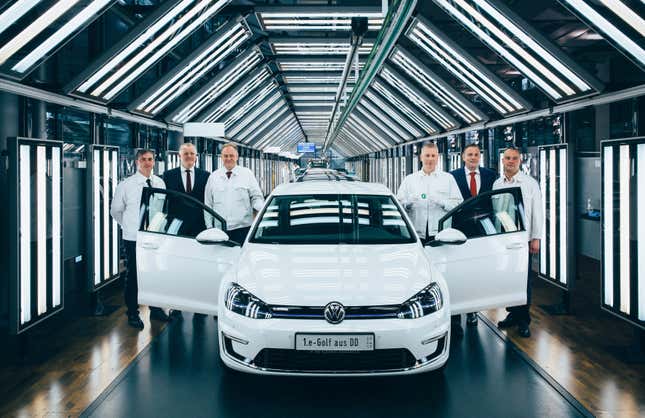The advent of autonomous driving technology could completely reimagine vehicle assembly plants. Seog-Chan Oh, a doctor of engineering and staff researcher at General Motors, laid out a vision of a potential future in automotive manufacturing. This future would include truly personalized vehicles, urban micro-factories and vehicles autonomously guiding themselves down the assembly line.
Along with interchangeable parts, assembly line manufacturing is one of the most transformative concepts widely adopted during the Industrial Revolution. The process was first introduced into the automotive industry in 1901 by Ransom Olds, allowing for the mass production of cars. The Ford Motor Company then designed a car around the process, the Model T, the first automobile affordable for the American middle class. Toyota would implement its lean manufacturing system to further optimize the process in the second half of the 20th century. It’s fair to say the modern world would look drastically different without the mass production of motor vehicles.
In an article written by Dr. Oh for Assembly, he notes the four major parts of vehicle production: press shop, body shop, paint shop and final assembly. The first three parts are nearly fully automated already. He explained that the complexities of final assembly make it difficult to automate, but Oh isn’t aiming to automate final assembly.
Dr. Oh proposes allowing final assembly to be low-volume and highly individualized by decoupling it from the rest of the production process. Assembly would take place at micro-factories in urban areas, much closer to the point of sale. Oh also explains, “For mass individualization, urban assembly plants must adopt asynchronous production systems. They must be designed for maximum flexibility and minimal capital investment.”
He mentions electric vehicles would be perfect for this style of manufacturing because their fewer components reduce the complexity of assembly. More importantly, EVs could propel themselves during the assembly process, removing the need for a conveyor belt. Facilities could be much smaller without conveyor belts, allowing for construction in urban areas.
The two solutions that would be vital to urban final assembly are either the VaaC (vehicle as a conveyor) system or the AMR (autonomous mobile robot) system. VaaC would see a sensor array skid temporarily attached to the vehicle in production. The skid would take control of the vehicle and guide it around the plant. AMR would see the entire vehicle raised atop an autonomous robot, which would be powered by the vehicle itself.

Seog-Chan Oh listed a few current examples of urban vehicle production, such as Volkswagen’s e-Golf assembly plant in Dresden, Germany. However, there is no factory like the vision he described yet. Do you think we could see a future where a car is assembled at the dealership where you ordered it?